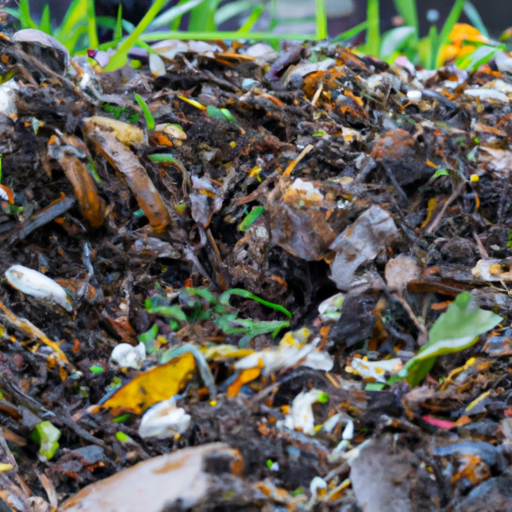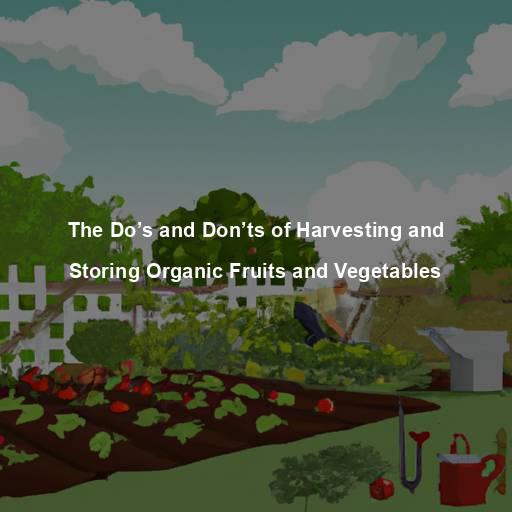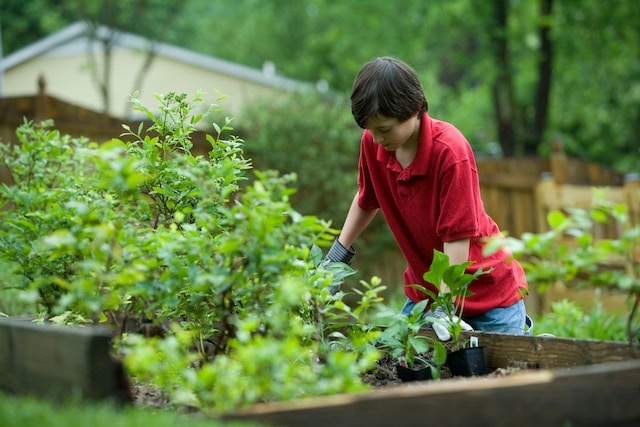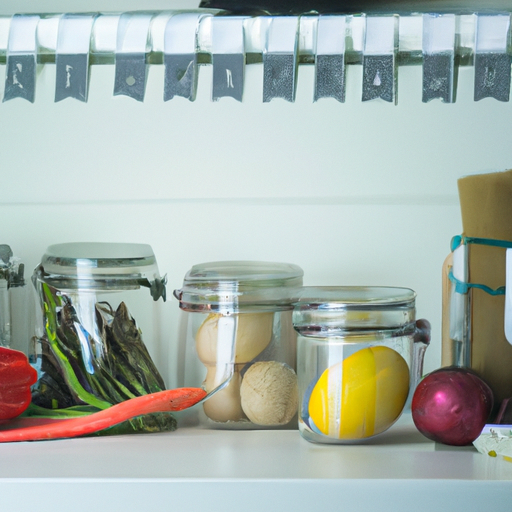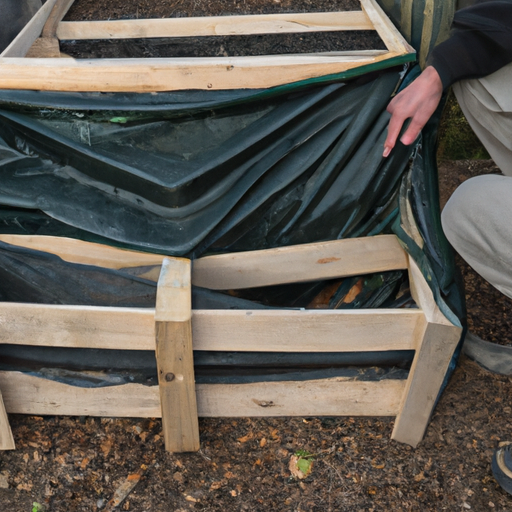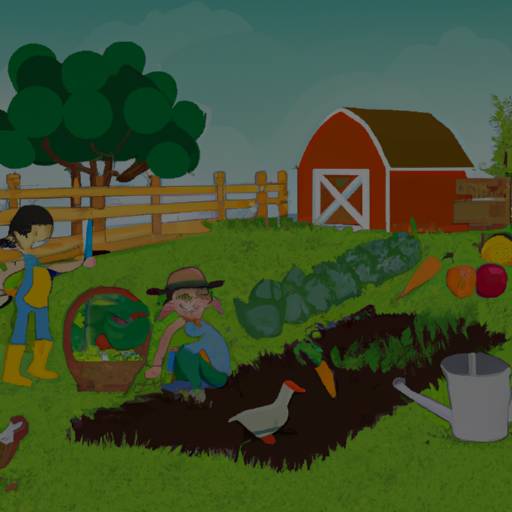Hi there! As a Master Gardener, I’m always on the lookout for ways to improve my garden while also being eco-friendly.
One method that has become increasingly popular is cold composting.
Cold composting is an easy and efficient way to create nutrient-rich soil without having to turn your pile or maintain high temperatures.
It’s perfect for those who want to compost but don’t have the time or space for a traditional hot composting setup.
In this article, we’ll dive into the ins and outs of cold composting, including what it is, how it works, and tips for getting started.
So let’s get our hands dirty and learn about this sustainable gardening technique!
What Is Cold Composting?
Cold composting is like a slow dance between nature and gardener, where patience is key. This method involves layering organic materials such as leaves, grass clippings, food scraps, and straw in a pile or bin without any additional effort to speed up the process.
The benefits of cold composting are plenty; it’s an easy way to reduce waste while creating nutrient-rich soil for plants. Plus, it requires minimal maintenance and doesn’t produce heat that can kill beneficial microorganisms in the compost.
However, there are limitations to this method as well. It takes much longer than hot composting, sometimes up to a year or more before you see results. Additionally, some materials may not break down completely with this method.
When compared to hot composting which uses high temperatures produced by bacteria breaking down material quickly resulting in faster decomposition time but also requiring more attention from gardeners who must regularly turn the pile over and maintain moisture levels – cold composting offers an excellent alternative for those looking for low-maintenance options that still yield great results!
How Does Cold Composting Work?
Now that we’ve discussed the basics of cold composting, let’s take a closer look at how it actually works.
Cold composting is simply allowing organic materials to break down slowly over time with little intervention or effort on your part.
The process starts by layering brown and green materials in a pile or bin – this can include leaves, grass clippings, kitchen scraps, and even cardboard or paper products.
From there, natural microorganisms like bacteria and fungi get to work breaking down these materials into nutrient-rich soil amendments.
One of the benefits of cold composting is that it requires very little maintenance; you don’t need to worry about turning the pile or monitoring temperature levels like you would with hot composting methods.
However, the drawback is that it can take longer for materials to decompose compared to other methods.
Overall, if you’re looking for an easy way to recycle organic waste while improving your garden soil, give cold composting a try!
Benefits Of Cold Composting
As a Master Gardener, I can attest to the benefits of cold composting.
Not only does it produce nutrient-rich soil for your garden, but it also promotes sustainable gardening practices by reducing waste and eliminating the need for synthetic fertilizers.
Cold composting is an easy and inexpensive method that requires minimal effort and maintenance.
By allowing organic matter to decompose naturally over time, you are creating a healthy environment for beneficial microorganisms to thrive in the soil.
This results in healthier plants with stronger root systems and higher yields.
So, if you want to improve your garden’s health while doing your part for the environment, try incorporating cold composting into your routine – you won’t be disappointed!
Tips For Starting A Cold Composting System
Now that you know the basics of cold composting, it’s time to start your own system.
First and foremost, invest in a good quality composting bin. This will not only help contain the organic waste but also keep pests away.
Next, select a suitable location for your bin – preferably an area with some shade but still gets enough sunlight.
When starting out, remember to add equal parts of brown (dry) material and green (wet) material to create a balanced mix.
Keep adding organic waste as it becomes available and try to turn the pile every few weeks to aerate it.
It’s also important to monitor moisture levels and adjust accordingly – aim for dampness similar to a wrung-out sponge.
In terms of what you can add to your composting bin, stick with fruit and vegetable scraps, eggshells, coffee grounds/filters, yard trimmings like leaves or grass clippings, and non-glossy paper products such as newspaper or cardboard.
Lastly, be patient! Cold composting takes longer than hot composting so don’t expect results overnight. However, this method is more low-maintenance and easier on beginners who are just getting started on their journey towards organic waste management.
With these tips in mind, soon enough you’ll have nutrient-rich soil amendment ready for all your gardening needs.
Troubleshooting Common Cold Composting Problems
As a Master Gardener, troubleshooting common cold composting problems is essential to ensure that your garden remains healthy and thriving.
Two of the most common issues are diagnosing odor and managing pests. To diagnose an unpleasant smell emanating from your compost pile, try identifying the source of the odor first. Is it coming from rotting food scraps or too much moisture? Once you identify the cause, adjust accordingly by adding more dry materials like leaves and twigs or reducing the amount of wet materials added to the pile.
As for pests such as rodents and flies, keep your compost covered with a lid or tarp to deter them from making themselves at home in your pile. Additionally, avoid adding meat or dairy products which can attract unwanted visitors.
With these tips in mind, you’ll be able to troubleshoot any issues that arise during your cold composting journey and ultimately reap the benefits of nutrient-rich soil for your plants.
Frequently Asked Questions
Can I Add Meat Or Dairy Products To My Cold Composting System?
When it comes to composting, there are a lot of rules and guidelines to follow. But one question that often arises is whether or not you can add meat or dairy products to your compost pile.
The short answer is yes, but with some caveats. Composting animal products like meat and dairy can be tricky because they break down much more slowly than other organic matter. Additionally, they can attract pests and create foul odors if not properly managed.
If you do decide to compost these types of materials, make sure to bury them deep within the pile and cover them with plenty of carbon-rich material like leaves or woody debris. Another thing to keep in mind is that fats and oils should also be avoided as they can coat the other organic matter in the pile, preventing proper decomposition.
Other things that should be kept out of your cold composting system include pet waste (which can contain harmful pathogens), citrus (which can slow down decomposition) and weeds (which may regrow).
By following these tips and being mindful about what you add to your compost pile, you’ll be well on your way to creating nutrient-rich soil for all your gardening needs!
How Long Does It Typically Take For Cold Compost To Be Ready To Use?
When it comes to cold composting, the question of how long it takes for the compost to be ready is a common one. The answer really depends on a variety of factors such as temperature, moisture levels and the types of materials being used.
Typically, cold compost can take anywhere from 6 months to a year before it’s fully broken down and ready to use in your garden. Benefits of this method include less effort required compared to hot composting, which requires more maintenance and turning. However, drawbacks may include slower decomposition rates and potential odor issues if not managed properly.
To speed up the process, consider shredding materials into smaller pieces or adding nitrogen-rich components like grass clippings or manure.
Can I Use Newspaper Or Cardboard As A Green Or Brown Material In My Cold Compost?
Yes, newspaper and cardboard can be used as brown materials in your cold compost!
However, it’s important to note that using too much of these materials can slow down the decomposition process.
If you find yourself short on traditional brown materials like dried leaves or straw, shredded paper or egg cartons make great alternatives.
Just be sure to avoid any glossy or colored papers, as they may contain harmful chemicals.
When building your compost pile, aim for a balance of 2 parts browns (like shredded paper) to 1 part greens (like food scraps).
With patience and care, you’ll have nutrient-rich compost ready for your garden in no time!
Is It Necessary To Turn Or Aerate The Compost In A Cold Composting System?
Of course, turning and aerating your compost is absolutely essential for successful cold composting! Neglecting to do so can lead to a whole host of issues, including unpleasant odors and slow decomposition.
However, don’t let this discourage you from reaping the benefits of cold composting – it’s an incredibly efficient method that requires little effort on your part.
If you’re having trouble with turning or aerating your compost, there are plenty of troubleshooting techniques available to help.
Remember: the key to successful cold composting lies in patience and perseverance!
Can I Use Cold Compost In A Container Garden Or Only In A Traditional Garden Bed?
When it comes to container gardening, using cold compost can be a great way to nourish your plants without having to worry about the added costs of store-bought fertilizers.
Cold composting techniques are ideal for those who want to take advantage of natural decomposition processes and create nutrient-rich soil over time.
The benefits of using cold compost in a container garden include improved soil structure, increased water retention, and better overall plant health.
As a Master Gardener, I highly recommend giving this method a try – just make sure you’re patient as it may take several months before your compost is ready for use!
Conclusion
In conclusion, cold composting is a simple and convenient way to transform your kitchen scraps and yard waste into nutrient-rich soil for your garden.
With just a few guidelines in mind, you can successfully create a thriving compost pile without the need for constant attention or specialized equipment.
Remember to balance your green and brown materials, avoid adding meat or dairy products, and be patient as nature takes its course.
Whether you’re starting small with a container garden or have acres of land to cultivate, cold composting is an effective and sustainable solution that any Master Gardener would approve of.
So go ahead – give it a try and watch your garden flourish!
